Developer: SNK Publisher: Sega Released: 1994 Genre: Fighting
Art of Fighting has always held an interesting position in SNK’s fighting lineup. No one can argue that Fatal Fury was its bread and butter, to be succeeded by the King of Fighters and Samurai Shodown. While the series was popular enough to spawn a few sequels it always seemed to fly under the radar. Which is strange as it is one of the most unique brawlers of its time. There were many aspects of the game that made a 16-bit port a daunting task. While Sega have done a respectable job here this version of the game should have turned out much better.
The most important question is how does the Genesis version stack up to the Neo Geo original graphically. The first thing you need to know is the scaling is completely gone. This is a huge blow as it was the arcade game’s defining feature. The sprites are still pretty large but that isn’t the only hit to the graphics. The overall color palette, while being very bright has taken a noticeable hit. This version of the game has a layer of scrolling in its backgrounds that the arcade doesn’t as well as the between match cutscenes that were omitted from the SNES game. Sega made a valiant effort and captured a lot of what made the game so popular but the technical gap was too large in this case.
The music does a decent job of replicating the arcade soundtrack. The music is definitely heavy on the FM synth and doesn’t fare as well. That could be owed to the sound driver used. There are many voice samples missing and the ones present sound very garbled. The system is capable of better.
Surprisingly this has a little more story than most fighting games although I use that term loosely. Yuri Sakazaki has gone missing, leaving her brother Ryo and his best friend Robert Garcia to find her. Interestingly Art of Fighting takes place in Southtown like Fatal Fury although years earlier (which creates a bit of a paradox later). The story mode limits you to either Ryo or Robert which makes sense within the context of the game’s plot. The choice if you can even call it that is purely cosmetic as both play identically. The fight to save Yuri will take you to all corners of Southtown as you beat down each of Mr. Big’s men for information.
In terms of play control there are a number of issues regardless of which controller you use. In the arcade there was a dedicated button for punch, kick, throw, and taunt. Here you only have punch, kick, and taunt on a three button controller. Hard attacks require pressing both attack buttons at the same time and I still don’t know how to reliably throw characters. I tried using the six button setup but the button arrangement isn’t much better and downright stupid. Three (three!) of the buttons are for taunt and it keeps the same punch and kick buttons while only adding a dedicated throw button. You still have to press both A+B together to perform a strong attack. It makes no sense and while functional it’s nowhere near what it could have and should have been.
Art of Fighting has been criticized for its basic character designs which lack the flair of SNK’s other works which is true. It’s funny in retrospect as each member of the cast is an almost clear analogue to someone in Street Fighter. Ryo and Robert are your Ken & Ryu stand-ins. John Crawley is a weird cross between Arnold Schwarzenegger and Guile while Lee Pai is a Chinese Vega, claws and all. God Mr. Big even has a lame version of M. Bison’s Psycho Crusher! Luckily the game brings some interesting ideas to the genre to cover up its lacking originality.
The spirit gauge in large part dictates the flow of a match. All special moves use spirit which slowly refills on its own. You can also manually refill the gauge although it leaves you open to attack. Since special attacks deplete the gauge you can’t simply spam techniques. While it is limiting they are extremely powerful and in some cases almost game breaking with their damage. Taunting, an otherwise useless act in most games can deplete your opponent’s gauge, adding a tactical element to combat.
It’s definitely slower than most fighting games but makes up for it in other ways. Dashing allows you to apply pressure to turtling players while backstepping allows quick escapes. Wall jumping when used correctly can help escape corner traps. Desperation moves, with their ridiculous button combinations became available when low on health. Most of these elements would later become standard in the genre but debuted here first.
This plays more like a beat em up than your typical fighting game. Combos simply do not exist as stringing something as simple as a two-in-one is an arduous task. Most hits result in a knock down and inflict large damage, especially special moves. This is just as bad as the later Samurai Shodown 3; three or four hits can result in a lost round easily. The AI in this version is very aggressive and for some reason Sega of America limited continues in story mode. Not that you won’t finish it in one sitting but it adds an unnecessary challenge to the single player. At least the cool bonus rounds spice it up and made it intact.
In Closing
This Sega version of Art of Fighting is decent but ranks very low on the scale of fighting games for the platform. The Takara ports of SNK’s other games are more enticing, not just because they are better overall but because they did a spectacular job of cramming what made those titles great onto a weaker platform.
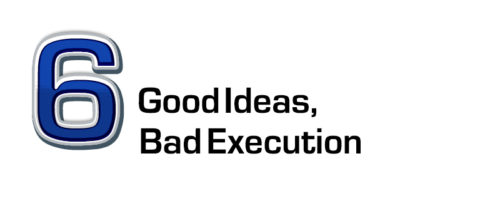

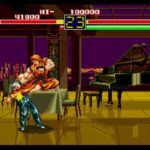
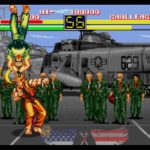
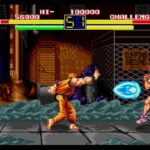
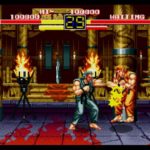
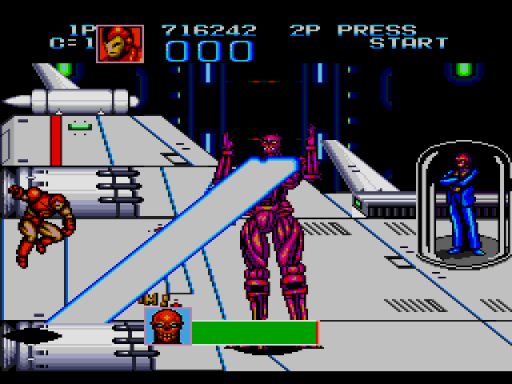

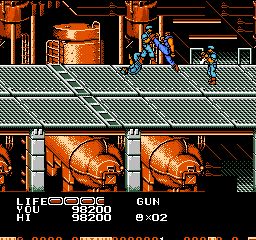
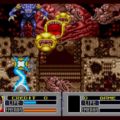
3 thoughts on “Art of Fighting”